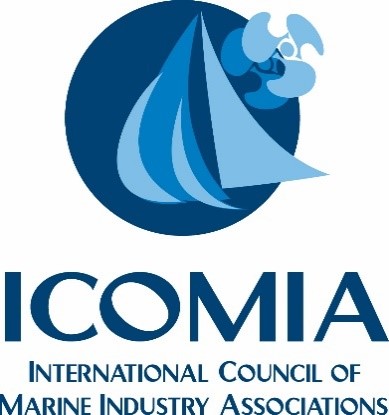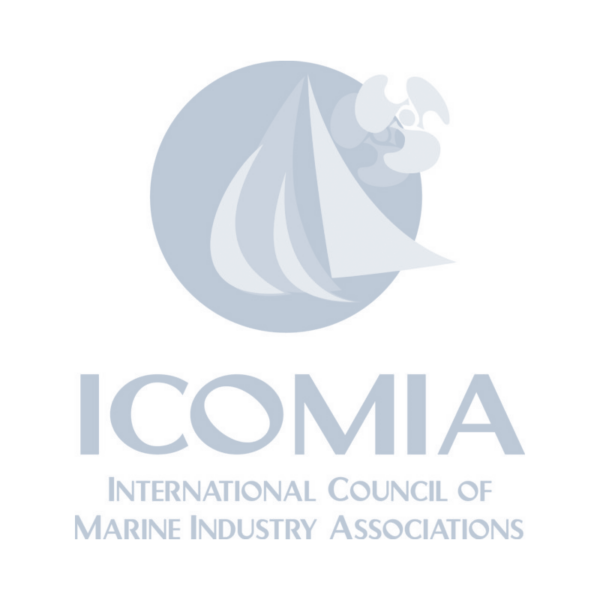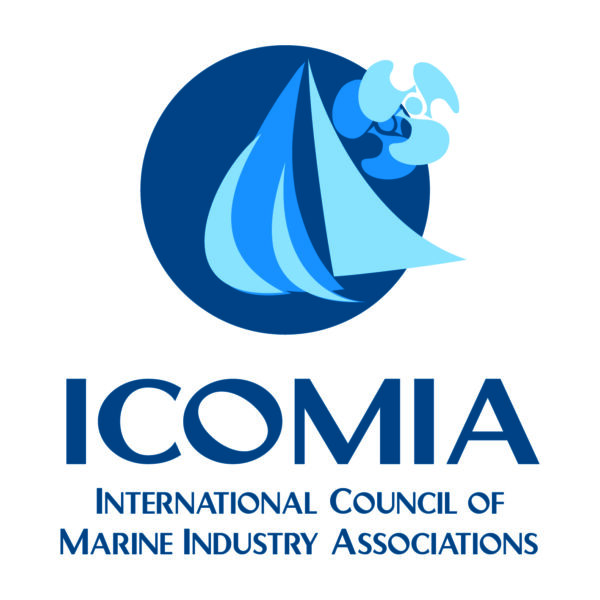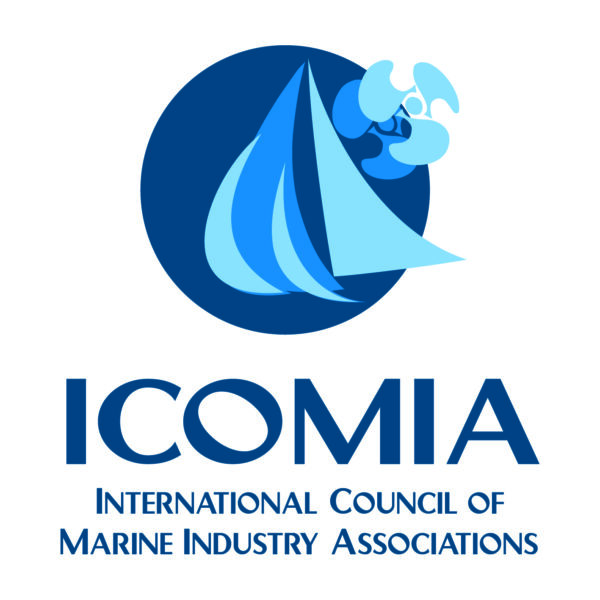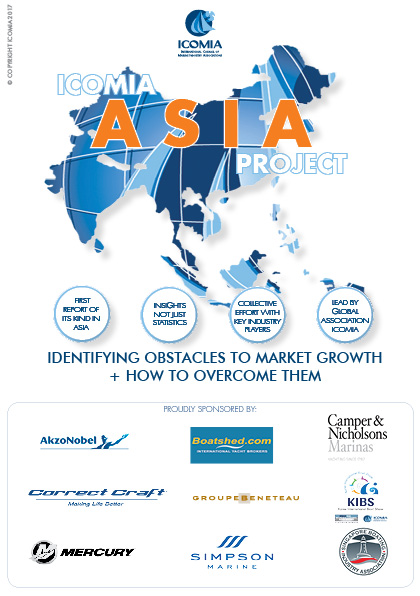Description
This document is a follow-up of an International Council of Marine Industry Associations (ICOMIA) Study (Final Report to ICOMIA: A Consistent and Scientifically Valid Process for Determining the Economic Significance of Recreational Boating, RMRC, 2008). The purpose of this project was to assess the current state (i.e., amount, quality, consistency) of boating information available for estimating the economic significance of recreational boating in countries served by the ICOMIA member marine industry associations (MIAs). Another objective of this study was to recommend possible ways for enhancing and applying this information. It became abundantly clear that data do not currently exist to produce comprehensive and reliable information concerning the collective economic significance of recreational boating in ICOMIA countries, and certainly not worldwide. Even among the most research-advanced countries, there exists significant variation in the prevalence and quality (e.g., timeliness, analytics) of both, industry and recreational boating participation and boat ownership information. When similar data are available from different countries, combining, comparing, and contrasting the information it is often difficult due to discrepancies in timing of collection, and disparities in research and analysis methods. Also, it became very clear that considerable variation in research experience, expertise, and investment exists across MIAs. ICOMIA member MIAs are small and lack the resources and expertise necessary to develop or support a program of boating research. This situation has been aggravated by the fact that few government agencies, other than in the U.S., finance or undertake boating research, and those that do, rarely involve industry representatives in the process of designing the research. In addition, many countries direct almost all their recreational boating research emphasis and resources into supply-side research (e.g., industry/member surveys and inventories) and little toward the “demand side.” Unfortunately, economic impact assessments often require both “demand” and “supply”
